True flies
The exact relationships of the Diptera with other insect orders are still open to question; undoubtedly they belong in the loosely defined group of Panorpoids, which includes the Lepidoptera, Mecoptera, Siphonaptera and Trichoptera.
They are sometimes grouped with the Mecoptera and Siphonaptera in the Antliophora, but some recent studies have questioned the monophyly of the scorpionflies and there are suggestions that the Diptera may be closely allied with a narrower subgroup of the Mecoptera. There are even proposals that the Strepsiptera, traditionally placed with the Coleoptera, could be the sister-group of the Diptera. Just like the coleopterists and hymenopterists, those who study Diptera will argue that the flies are biologically the most diverse of any insect order; as with those other groups the case is strong.
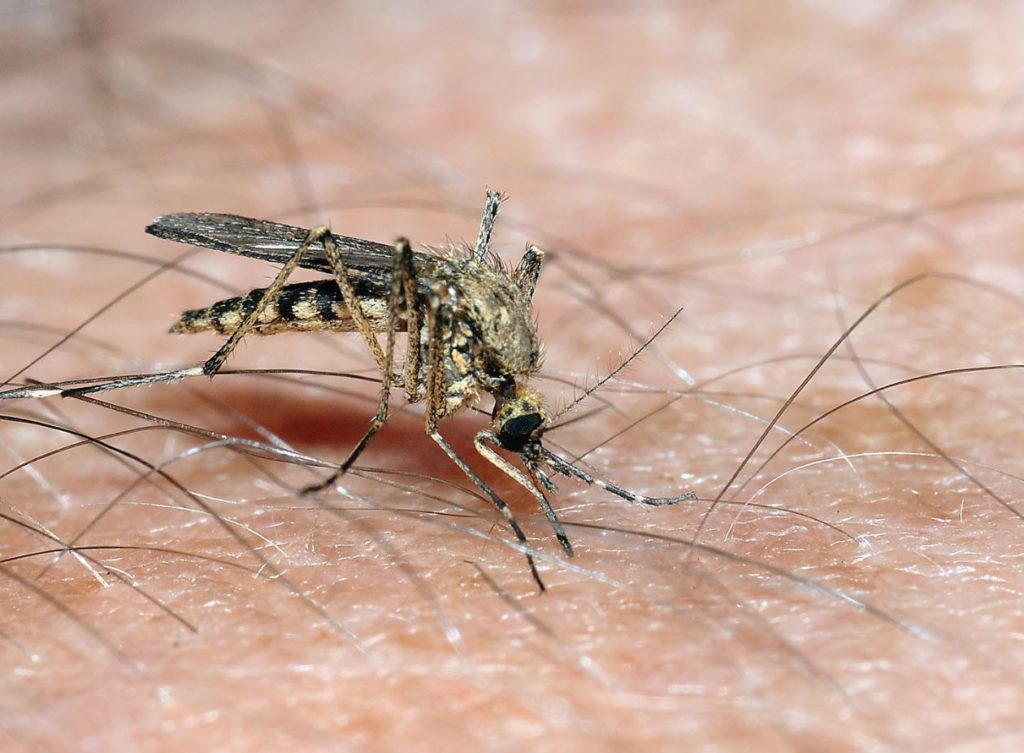 Culiseta annulata feeding Credit Robin Williams
Culiseta annulata feeding Credit Robin Williams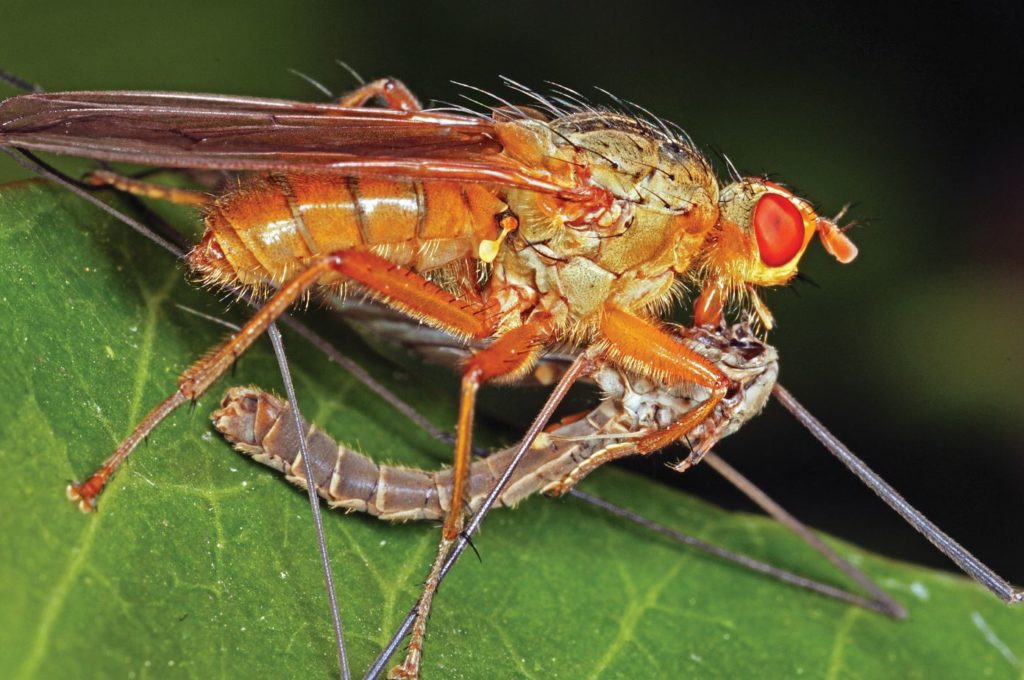 Scathophaga eating crane-fly Credit Colin Rew
Scathophaga eating crane-fly Credit Colin Rew
Diptera can be predators on other arthropods, including many insect groups; they can also be mycophagous, phytophagous, leaf-miners, dung-feeders and even snail-killers; some are blood-feeders on humans and other animals and can be important vectors of diseases; others are ectoparasites or endoparasites on a wide variety of hosts.
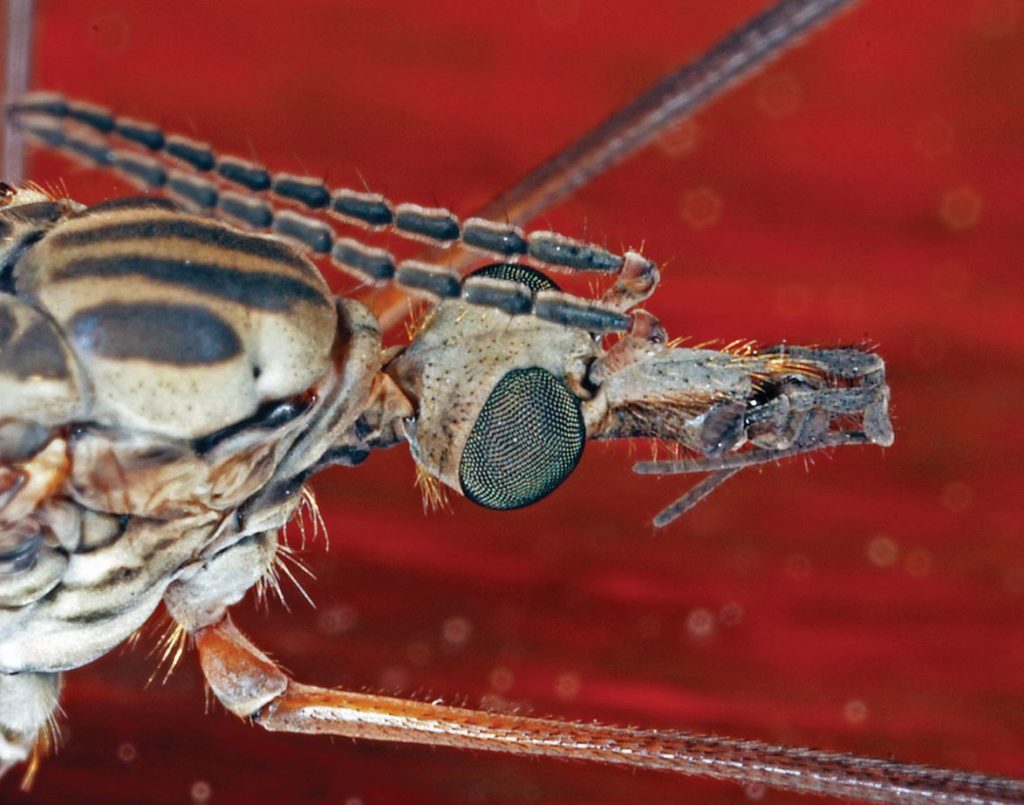 Tipulid mouthparts Credit Colin Rew
Tipulid mouthparts Credit Colin Rew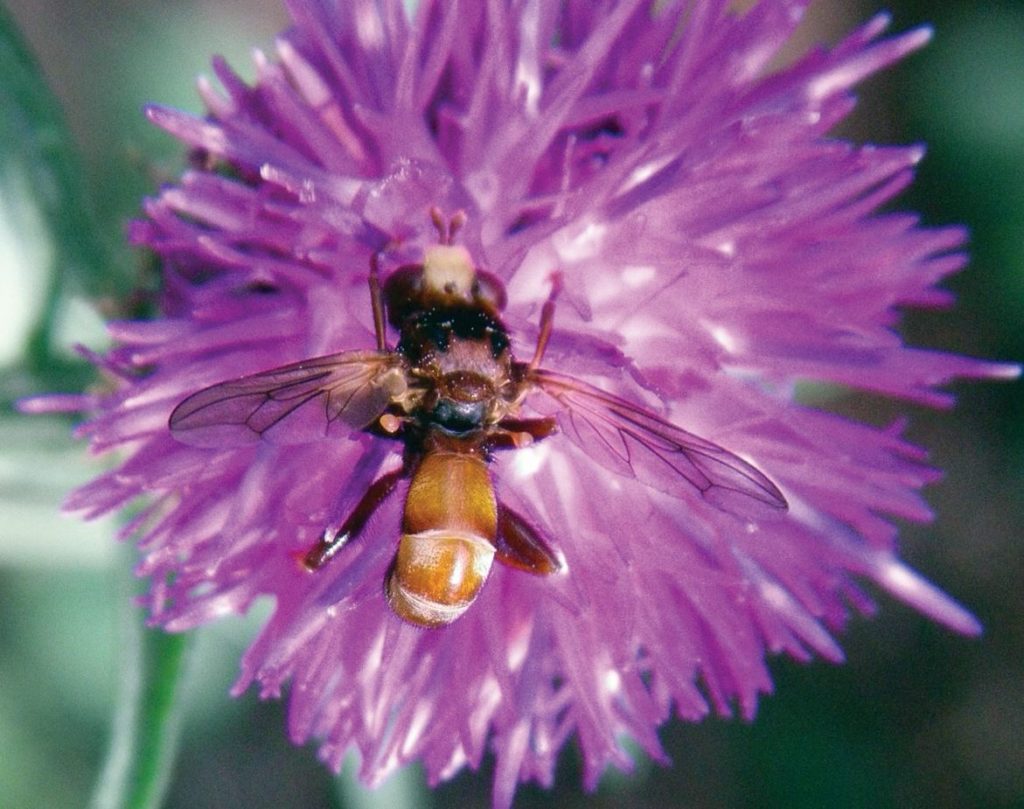 Sicus ferrgineus Credit Peter Barnard
Sicus ferrgineus Credit Peter Barnard
In general the Diptera are easy to recognise as a group, with only a single pair of functional wings and the hind wings modified into halteres, used as balancing organs during flight. Many families are extremely familiar to the layman, as shown by the great number of common names at both species and family level, and there are some large and brightly coloured groups that have always attracted the amateur entomologist.
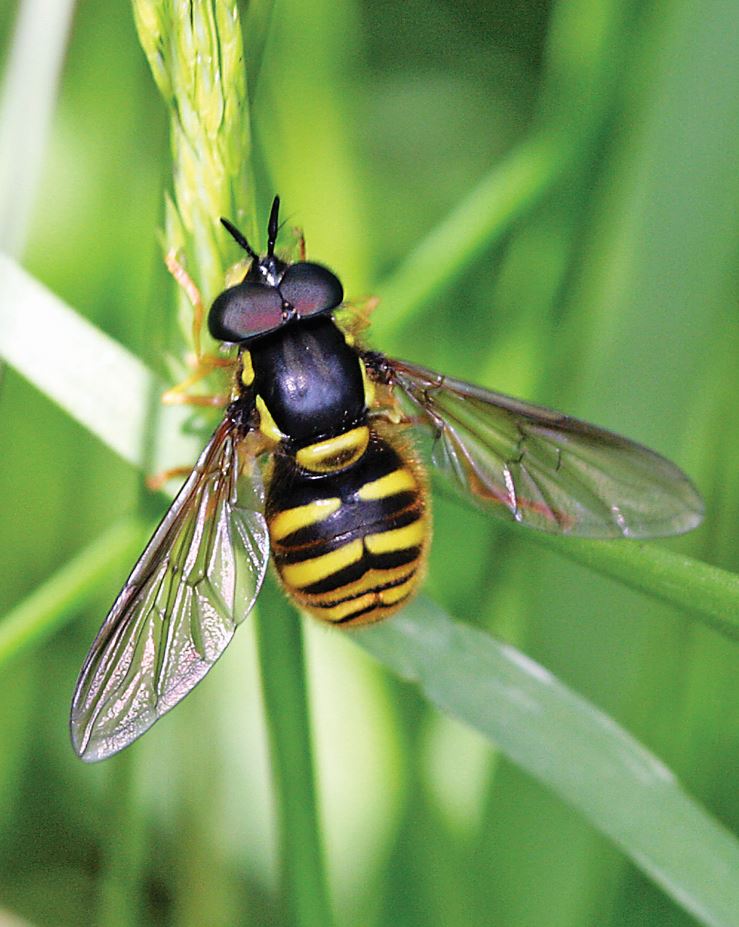 Hoverfly venation Credit Colin Rew
Hoverfly venation Credit Colin Rew Sciarid Credit Roger Key
Sciarid Credit Roger Key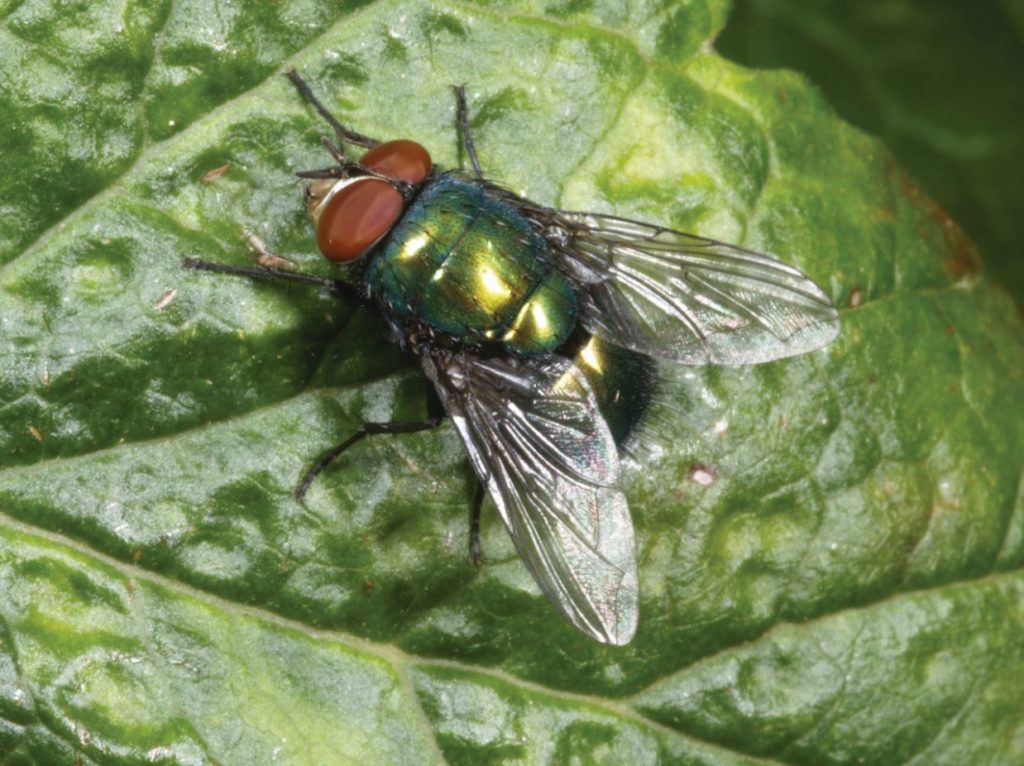 Lucilia sp Credit Roger Key
Lucilia sp Credit Roger Key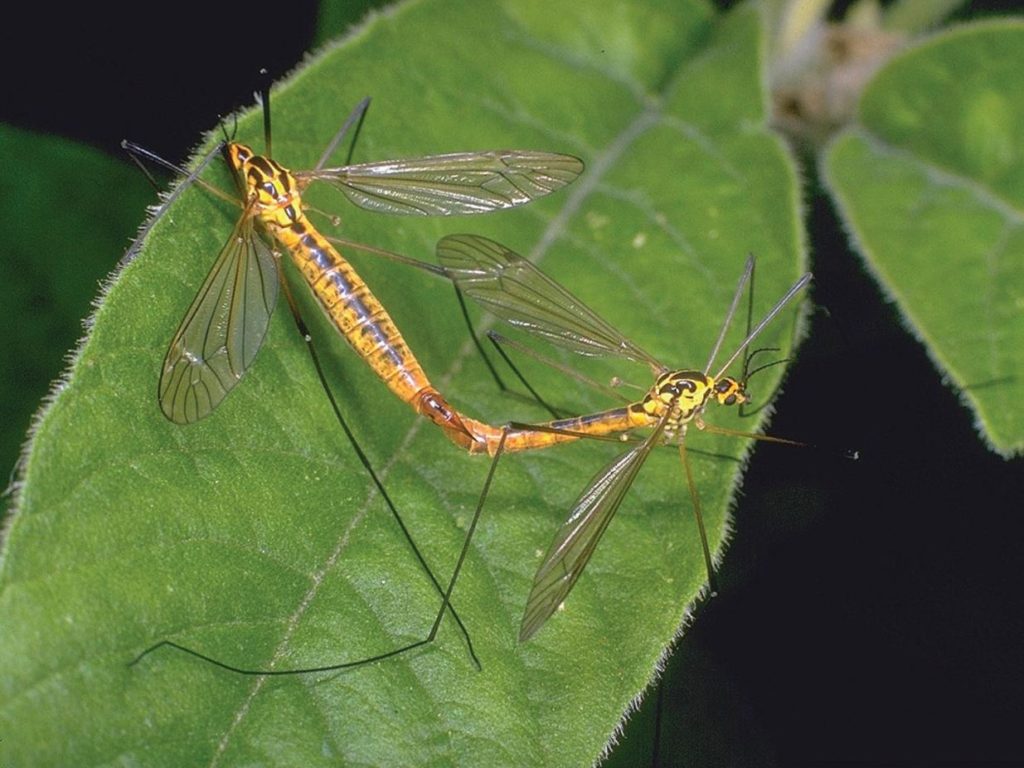 Nephrotoma mating pair Credit Roger Key
Nephrotoma mating pair Credit Roger Key
However, many species are small, black and difficult to identify, and these groups are more often tackled by the specialist. Even so, there are many families of Diptera for which there are no identification guides, especially in the acalyptrates, and even some economically important groups such as the Cecidomyiidae (gall-midges) are in urgent need of revision.
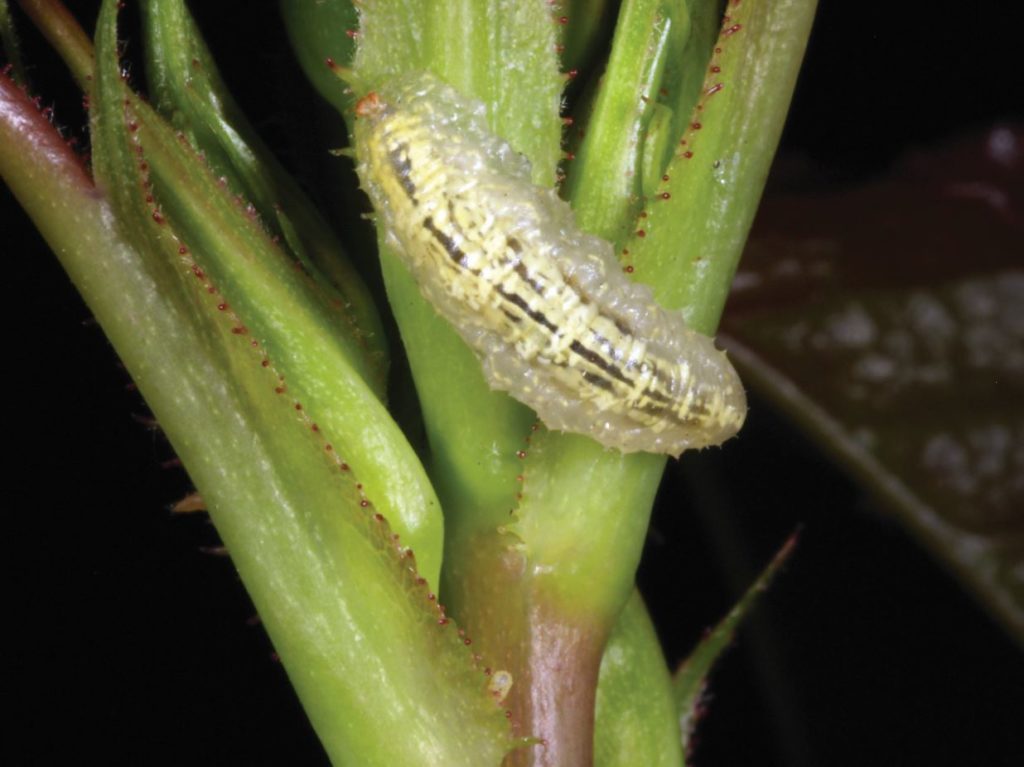 Hoverfly larva Credit Roger Key
Hoverfly larva Credit Roger Key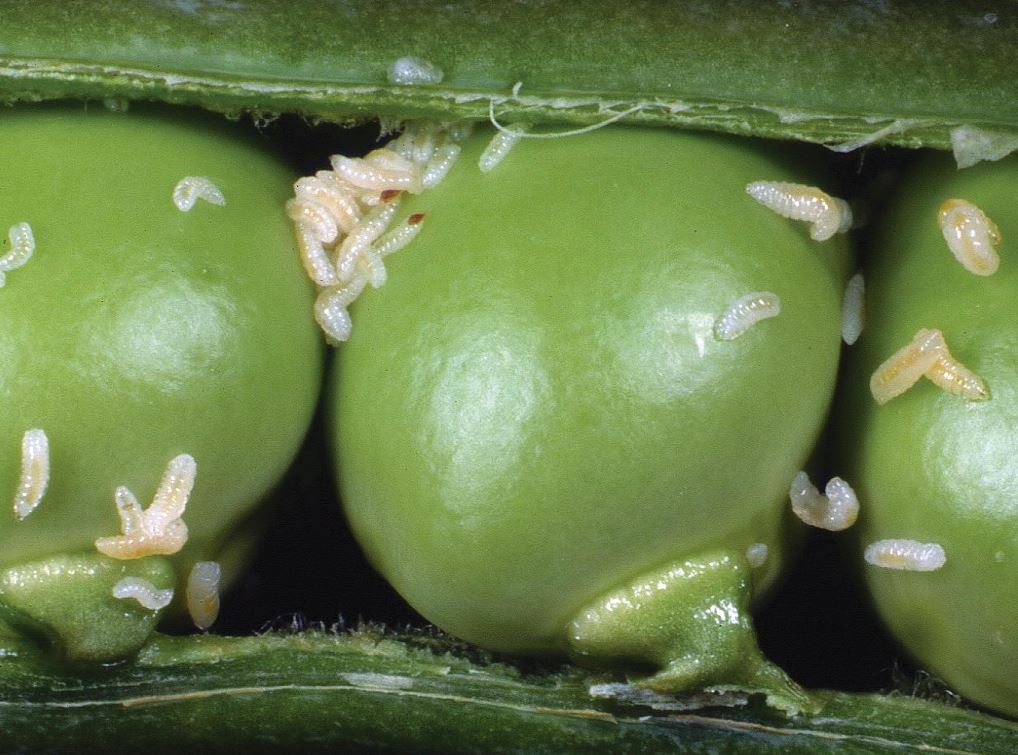 Cecidomyiidae larvae on peas Credit Roger Key
Cecidomyiidae larvae on peas Credit Roger Key
Well-known groups of flies include hoverflies, fruit-flies, dung-flies, mosquitoes, midges, house-flies, bluebottles, horse-flies and crane-flies.
Worldwide there are around 152,000 known species in 160 families; in Britain there are about 7,000 species in 103 families.
Identification help